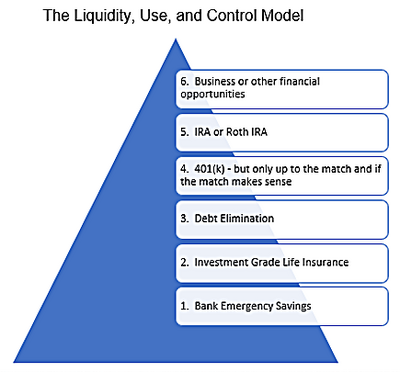- Thread starter
- #11
Brandon Sterneker
New Member
- 10
Thanks for the input so far. As mentioned above I have ran into the problem of company specific just wants to teach about how their product is superior to others. Not many take it purely from an unbiased educational standpoint.
Thank you for the videos DHK. That is the type of stuff I've been looking for.
Thank you for the videos DHK. That is the type of stuff I've been looking for.



